Published 1 hour ago Researchers at Wuhan University of Science and Technology have made a breakthrough discovery that could potentially cure blindness for some people.


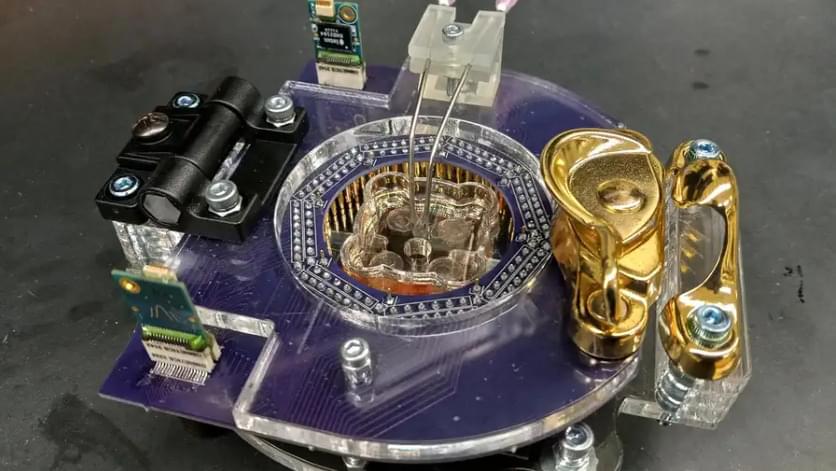
Scientists in the US managed to put together a living computer by cultivating over 80,000 mouse stem cells (opens in new tab) (via IT Home) (opens in new tab). One day, the hope is to have a robot that uses living muscle tissue to sense and process information about its environment.
Researchers at the University of Illinois have used tens of thousands of living mouse brain cells to build a computer that can recognize patterns of light and electricity. The team presented their findings at the American Institute of Physics in the form of a computer about the size of your palm.
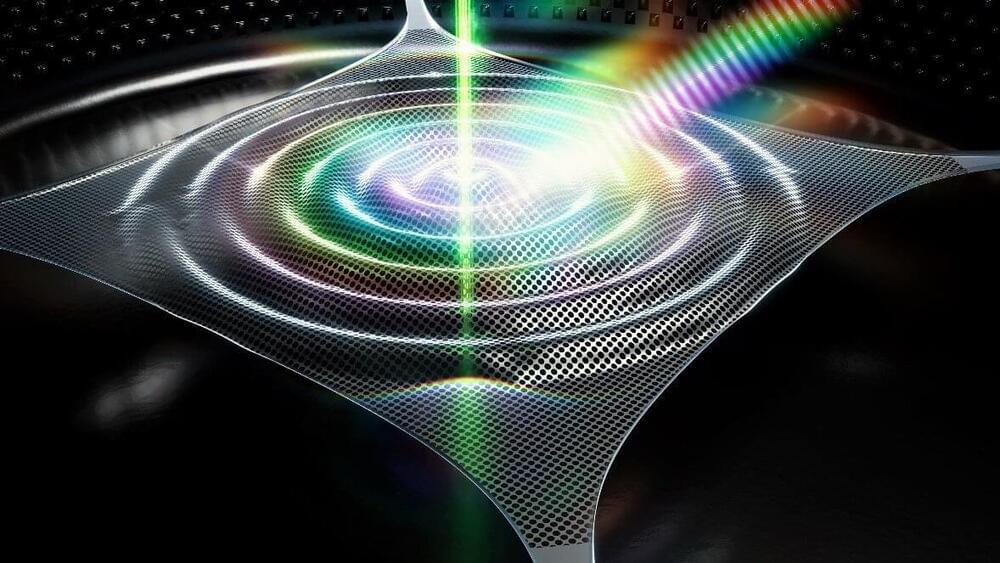
Physicists at Delft University of Technology have built a new technology on a microchip by combining two Nobel Prize-winning techniques for the first time. This microchip could measure distances in materials at high precision—for example, underwater or for medical imaging.
Because the technology uses sound vibrations instead of light, it is useful for high-precision position measurements in opaque materials. The instrument could lead to new techniques to monitor the Earth’s climate and human health. The work is now published in Nature Communications.
The microchip mainly consists of a thin ceramic sheet that is shaped like a trampoline. This trampoline is patterned with holes to enhance its interaction with lasers and has a thickness about 1,000 times smaller than the thickness of a hair. As a former Ph.D. candidate in Richard Norte’s lab, Matthijs de Jong studied the small trampolines to figure out what would happen if they pointed a simple laser beam at them.
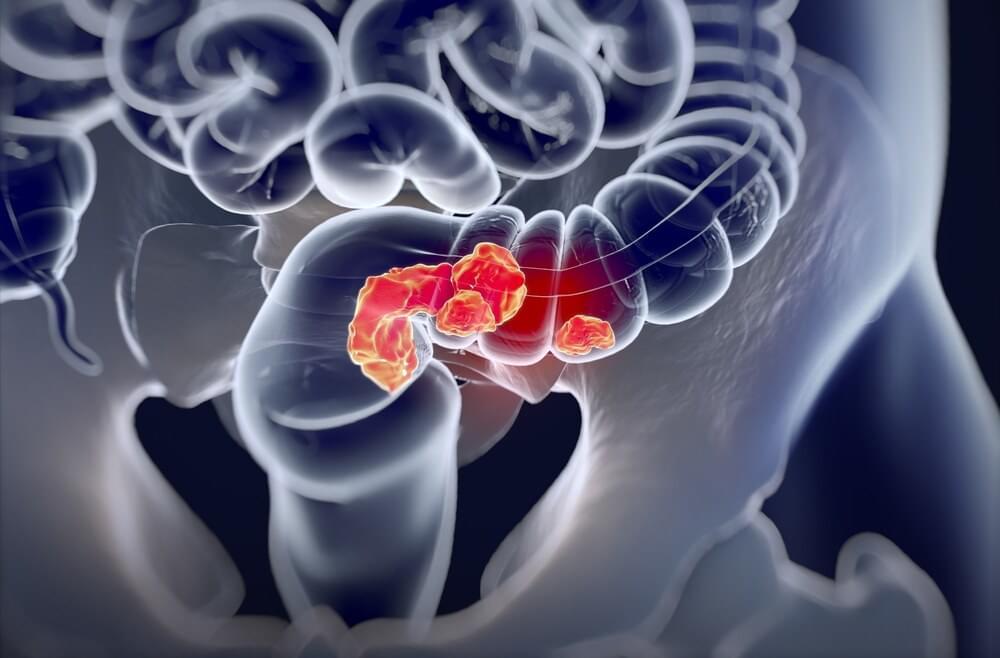
In a recent perspective article published in the journal Science, researchers at the Young-Onset Colorectal Cancer Center of Dana-Farber Cancer Institute emphasized that a better understanding of the etiology of early-onset colorectal cancer (EOCRC) is crucial to managing its increasing incidence worldwide. So, they identified five critical areas for investigating EOCRC biology.
Perspective: A common cancer at an uncommon age. Image Credit: Anatomy Image / Shutterstock.
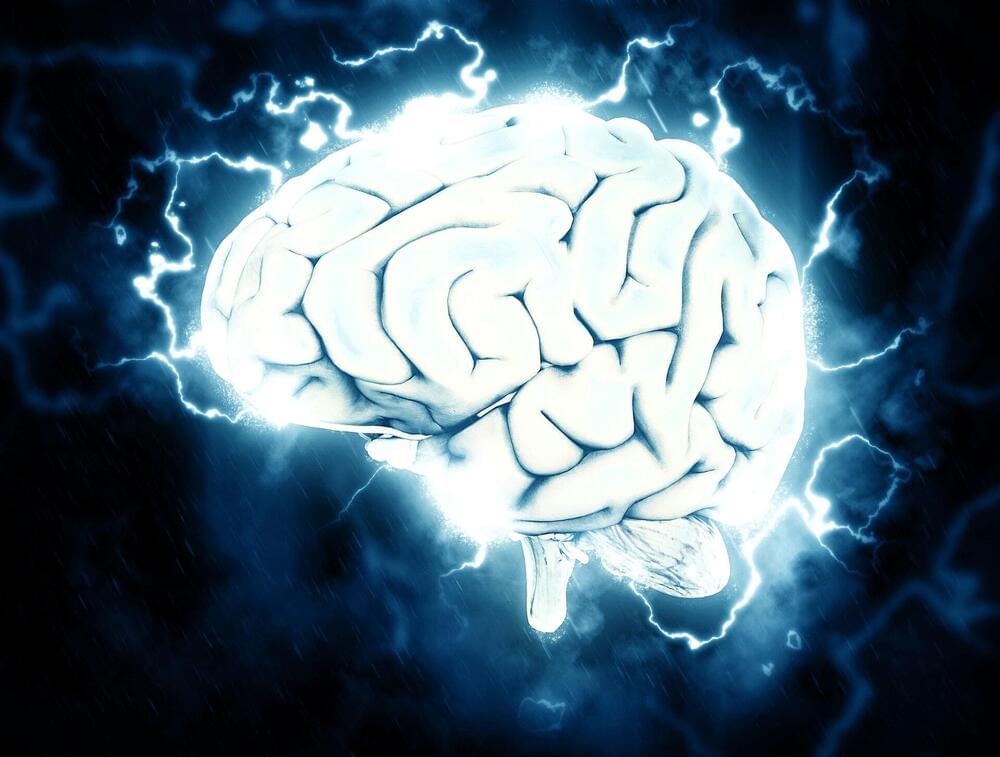
For individuals suffering from drug addiction, certain cues—whether it’s specific people, places or things—can trigger powerful cravings for repeated use.
A new University of Michigan study has identified brain signals, traditionally associated with inflammation, contributing to people’s vulnerability to addiction. With repeated drug use with the same exposure to cues, some individuals develop an inability to control their drug use, even in the face of negative consequences.
The study is published in the journal eNeuro.

A team of geochemists from the Chinese Academy of Sciences, working with colleagues from the University of Hong Kong, Tianjin University and the University of California, has found evidence that suggests much of the oxygen in early Earth’s early atmosphere may have come from rocks. In their study, reported in Proceedings of the National Academy of Sciences, the group conducted lab experiments involving crushing rocks, exposing the results to water and measuring reactive oxygen species that were emitted.
Prior research has shown that Earth experienced what has been called the Great Oxidation Event approximately 2.3 to 2.4 billion years ago. During this time, microbe numbers increased dramatically, as they released oxygen during photosynthesis. But prior research has also suggested that a common life ancestor existed before the Great Oxidation Event, which further suggests that there was some amount of oxygen exposure. In this new effort, the researchers suggest that such oxygen could have come from rocks interacting with water.
The work involved crushing samples of quartz and then exposing them to water, which replicates some of the conditions that existed on early Earth prior to the rise of high levels of oxygen in the atmosphere. Adding water to freshly crushed quartz, the researchers found, led to reactions between the water and newly broken crystals. This resulted it the formation of molecular oxygen along with other reactive oxygen species like hydrogen peroxide. Such species are also known as free radicals and they would have played an important role in the evolution of early life. This is because by damaging DNA and other cell components, the free radicals would have pressured early life to adapt.
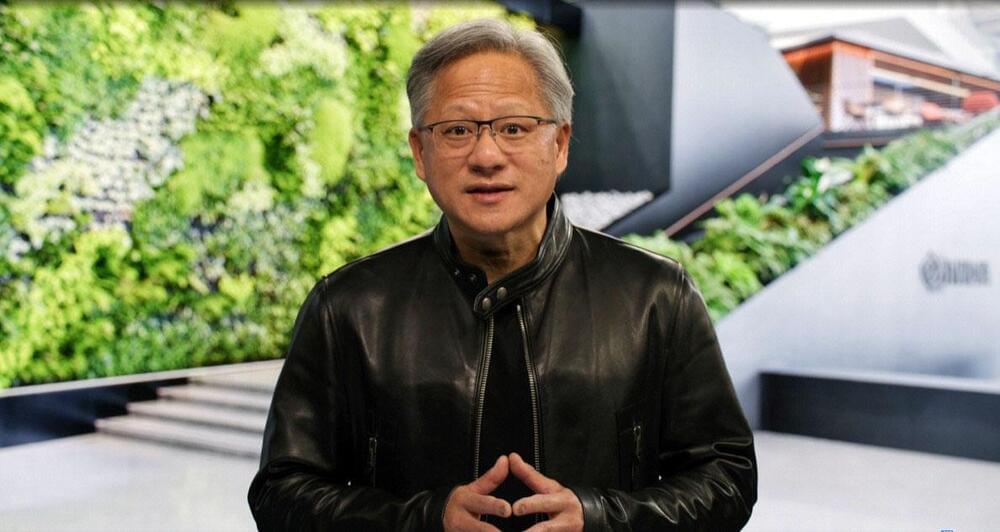
While virtually all of the industry is buzzing about AI, accelerated computing and AI powerhouse NVIDIA has just announced a new software library, called cuLitho, that promises an exponential acceleration in chip design development times, as well as reduced chip fab data center carbon footprint and the ability to push the boundaries of bleeding-edge semiconductor design. In fact, NVIDIA cuLitho has already been adopted by the world’s top chip foundry, TSMC, leading EDA chip design tools company Synopsys and chip manufacturing equipment maker ASML.
Industry partners like EDA design tools bellwether Synopsys are chiming in as well, with respect to the adoption of cuLitho and what it can do for their customers that may want to take advantage of the technology. “Computational lithography, specifically optical proximity correction, or OPC, is pushing the boundaries of compute workloads for the most advanced chips,” said Aart de Geus, chair and CEO of Synopsys. “By collaborating with our partner NVIDIA to run Synopsys OPC software on the cuLitho platform, we massively accelerated the performance from weeks to days! The team-up of our two leading companies continues to force amazing advances in the industry.”
As semiconductor fab process nodes get smaller, requiring finer geometry, more complex calculation and photomask patterning, offloading and accelerating these workloads with GPUs makes a lot of sense. In addition, as Moore’s Law continues to slow, cuLitho will also accelerate additional cutting-edge technologies like high NA EUV Lithography, which is expected to help print the extremely tiny and complex features of chips being fabricated at 2nm and smaller.
I personally expect cuLitho to be another inflection point for NVIDIA. If the chip fab industry shifts to this technology, the company will have a huge new revenue pipeline for its DGX H100 servers and GPU platforms, just like it did when it seeded academia with GPUs and its CUDA programming language in Johnny Appleseed fashion to accelerate AI. NVIDIA is now far and away the AI processing leader, and it could be setting itself up for similar dominance in semiconductor manufacturing infrastructure as well.
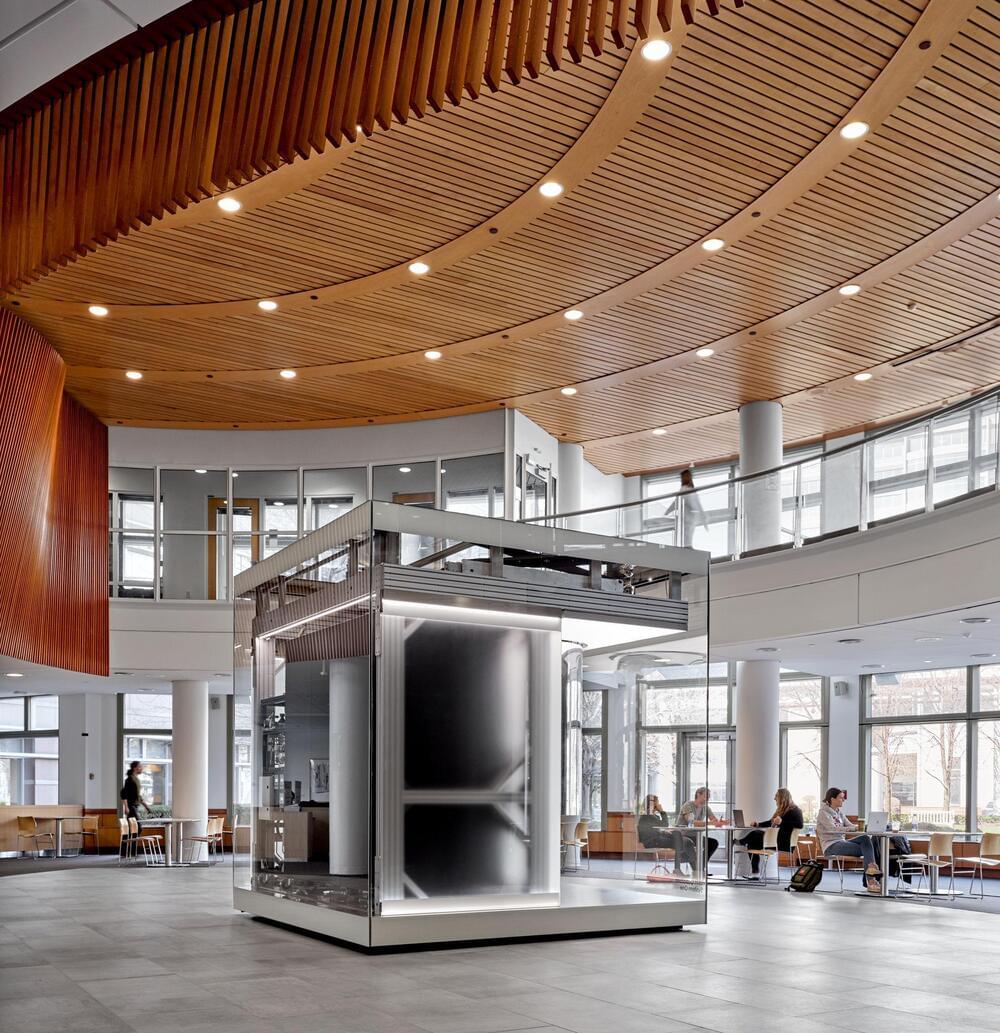
This appears to be the year that IBM’s Quantum Computing program reaches the tipping point. IBM and the Cleveland Clinic Foundation just announced the first deployment of an onsite, private sector, IBM-managed quantum computer in the United States. However, beyond the placement of a 127-qubit IBM Eagle quantum processor in a cafeteria at Cleveland Clinic’s main campus, this announcement signals a major leap forward for quantum computing applications.
Of course, the most immediate question is, why install a quantum computer in a cafeteria? Although this may seem like a frivolous question, it gets to a major point of this article. The IBM Eagle class quantum processor has been installed in a highly visible location in the Cleveland Clinic so that biomedical researchers and physicians can start thinking about the most productive ways to use this resource. These are very early days for the development of quantum computing applications, so installing the IBM Eagle quantum processor in the cafeteria, visited daily by nearly everyone working at the Cleveland Clinic, seems like an extremely creative way of keeping the machine ever present in the minds of people working at the facility.
Dr Lara Jehi, who became Cleveland Clinic’s first Chief Research Information Officer in 2020, said that there are many areas of interest in medical research with computational ceilings that block further advances. Quantum processing may help break through those ceilings. Researchers at Cleveland Clinic, working with IBM data scientists, combed through the possible avenues for research, discipline by discipline, to identify the projects most likely to bear fruit when matched to quantum processing’s current capabilities. “Quantum is still a nascent technology,” said Jehi.
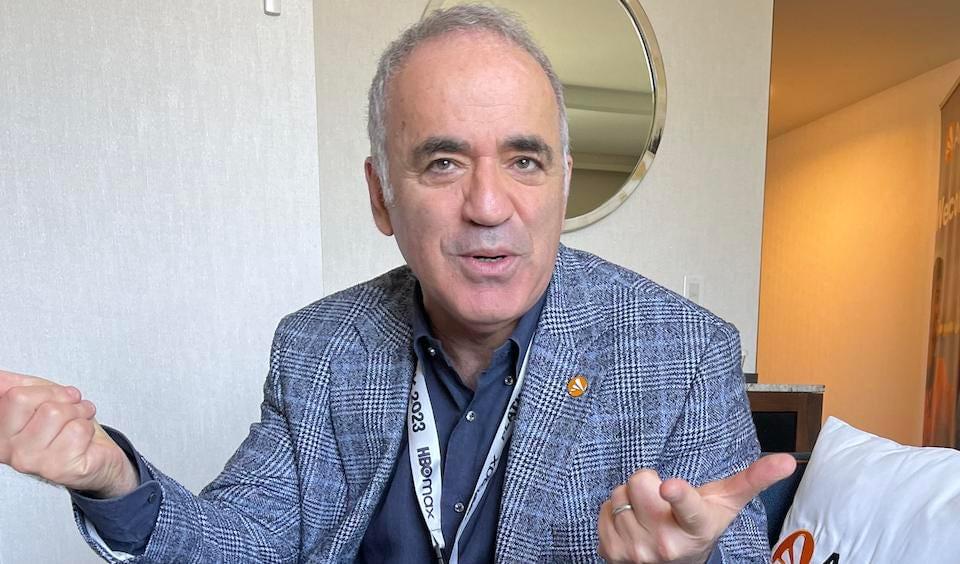
Amid a flurry of Google and Microsoft generative AI releases last week during SXSW, Garry Kasparov, who is a chess grandmaster, Avast Security Ambassador and Chairman of the Human Rights Foundation, told me he is less concerned about ChatGPT hacking into home appliances than he is about users being duped by bad actors.
“People still have the monopoly on evil,” he warned, standing firm on thoughts he shared with me in 2019. Widely considered one of the greatest chess players of all time, Kasparov gained mythic status in the 1990s as world champion when he beat, and then was defeated by IBM’s Deep Blue supercomputer.
Despite the rapid advancement of generative AI, chess legend Garry Kasparov, now ambassador for the security firm Avast, explains why he doesn’t fear ChatGPT creating a virus to take down the Internet, but shares Gen’s CTO concerns that text-to-video deepfakes could warp our reality.
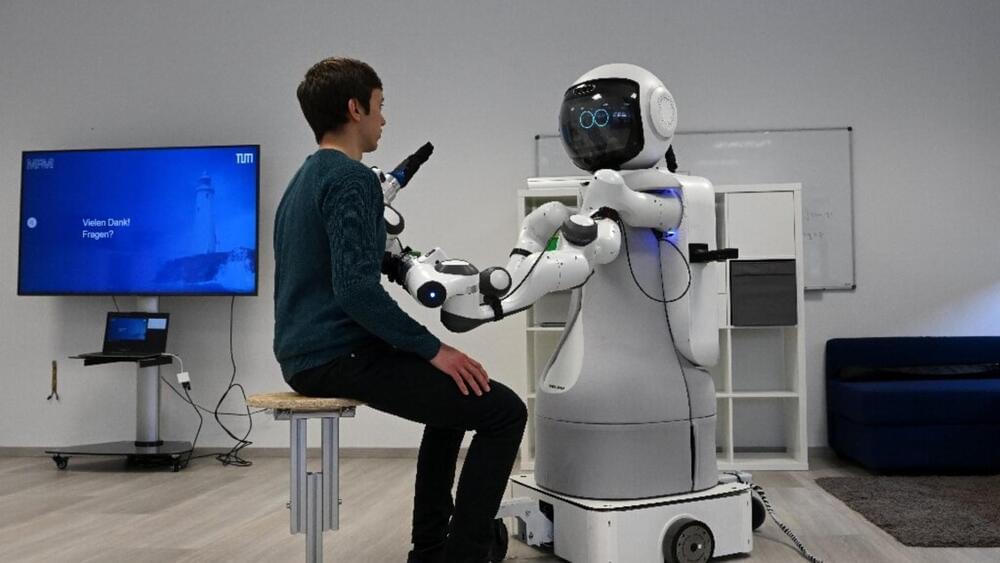
GARMI will also serve meals, open a bottle of water and place emergency calls.
Robots are gradually making their way into a variety of industries, from restaurant service to healthcare. Scientists have been working hard to rapidly expand robot capabilities, and it is clear that robotics will shape our daily lives in the near future.
Now, it’s time to meet “GARMI”. This white-colored humanoid which has come to the aid of doctors, nurses, and elderly citizens in need.
CHRISTOF STACHE — AFP/Getty Images.
Medicine and elderly healthcare could benefit the most from robotics advancements.